Commercial Pilot License (CPL)
Ground School - Theory Classes
Overview
The Commercial Pilot License (CPL) is a professional qualification that permits the holder to act as a pilot of an aircraft and be paid for their work. Before taking to the skies commercially, every aspiring pilot must undergo comprehensive Ground School training, covering 9 core theoretical subjects as prescribed by the Directorate General of Civil Aviation (DGCA), India.
CPL Ground School forms the academic backbone of a commercial pilot’s training, ensuring a thorough understanding of aviation rules, aircraft systems, meteorology, navigation, and safety protocols.
What You’ll Learn in CPL Ground School

Air Regulations
Objective:
Learn the laws governing aviation and flight operations in Indian and international airspace.
Topics Covered:
- ICAO & DGCA roles and responsibilities
- Civil Aviation Requirements (CARs)
- Licensing, logbooks, and pilot responsibilities
- Classification of airspaces (A to G)
- VFR, IFR, and ATC clearance procedures
- Rules of the Air, collision avoidance
- Wake turbulence and separation minima
- Emergency procedures and communication protocols
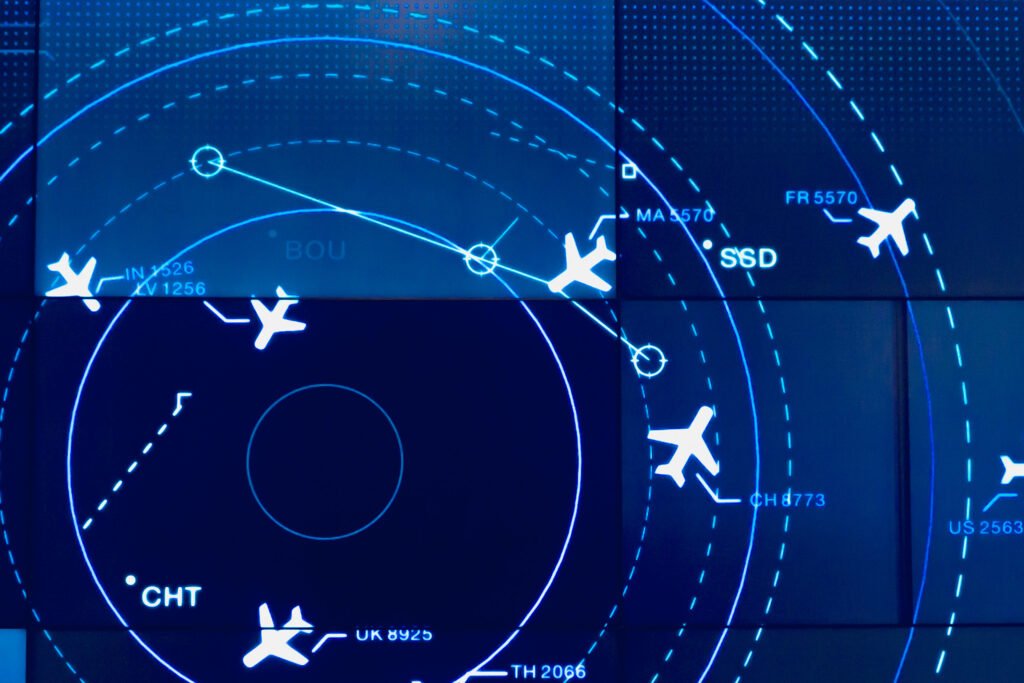
Air Navigation
Objective:
Master navigational techniques for accurate route planning, execution, and safety assurance.
Topics Covered:
- Dead reckoning and pilotage
- Radio navigation aids (VOR, ADF, DME, GPS, INS)
- Airspace structure, routes, and charts (Jeppesen, ICAO)
- Time calculations (UTC, LMT)
- Compass errors, variation & deviation
- RNAV and GNSS procedures
- Use of flight computers (E6B or CRP-5)
- Position fixing and diversions
- PBN (Performance Based Navigation) concepts
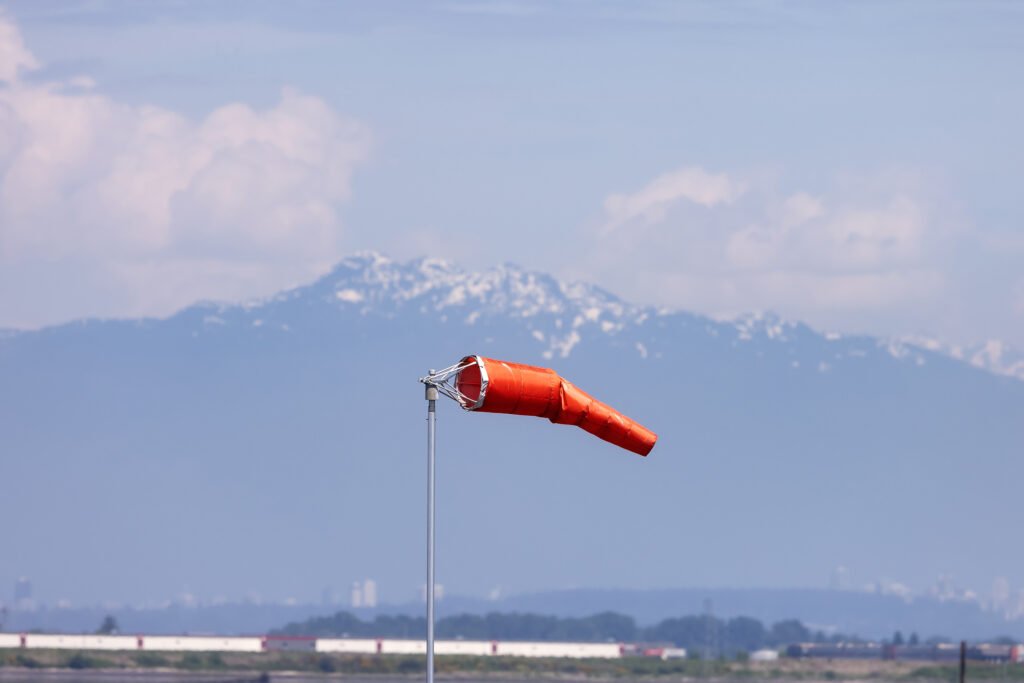
Avation Meteorology
Objective:
Understand weather patterns and apply meteorological knowledge to flight planning and in-flight decision-making.
Topics Covered:
- Atmospheric structure and pressure systems
- Clouds, precipitation, and visibility
- Wind shear, turbulence, icing, and fog
- Thunderstorms, jet streams, and frontal systems
- Weather charts, METARs, TAFs, and SIGMETs
- Climatology and seasonal variations
- QNH/QFE settings and altimetry
- Interpretation of aviation weather reports and forecasts
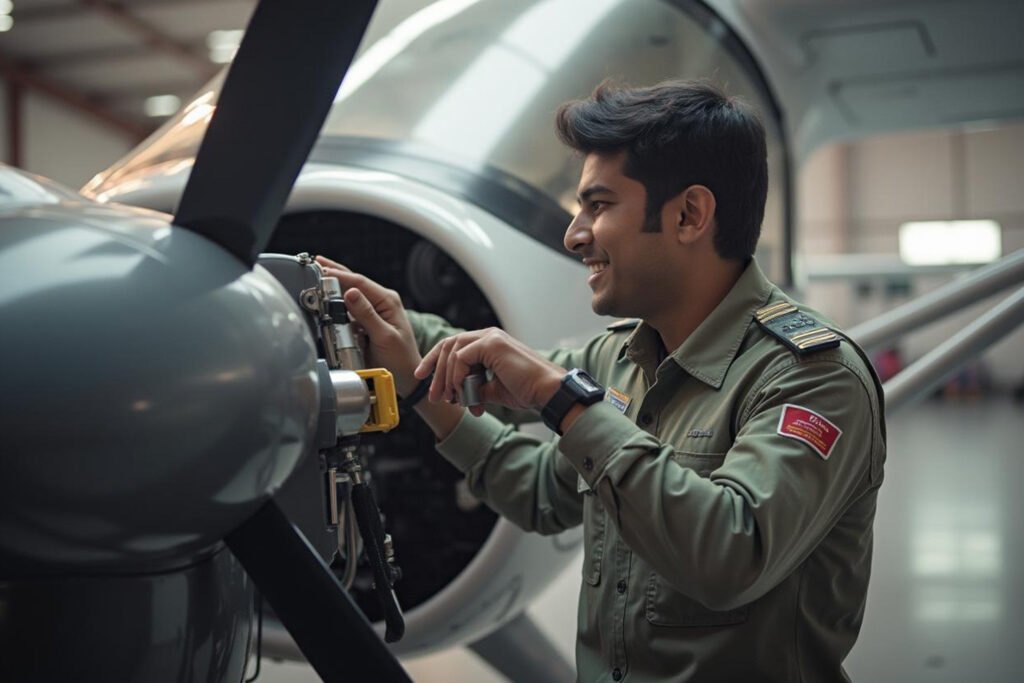
Aircraft Technical General (ATG)
Objective:
Gain deep insights into the mechanical and electronic systems of various aircraft types.
Topics Covered:
- Airframe and engine types (piston, turboprop, jet)
- Aircraft electrical, hydraulic, pneumatic, and fuel systems
- Propellers, turbine engines, and performance curves
- Avionics and autopilot systems
- Pressurization and environmental control systems
- Anti-icing and de-icing systems
- Landing gear systems and brakes
- Aircraft limitations and operational checks

Aircraft Specific (Type Technical)
Objective:
Study in detail the aircraft used for CPL flight training (e.g., Cessna 172, DA-42, Piper Seneca).
Topics Covered:
- Systems and controls of your training aircraft
- Limitations and performance figures
- Pre-flight, in-flight, and post-flight procedures
- Normal and emergency checklists
- Aircraft instrumentation layout and troubleshooting
- Manufacturer’s POH (Pilot Operating Handbook)

Radio Telephony – RT (Restricted/General)
Objective:
Communicate confidently and clearly with Air Traffic Control using ICAO-standard phraseology.
Topics Covered:
- RT call signs and transmission techniques
- Standard phraseology for all phases of flight
- VHF/UHF radio usage
- Communication during emergencies
- ATIS, tower, ground, and approach procedures
- RT license (RTR(A)) prep – conducted by WPC (Wireless Planning Commission)
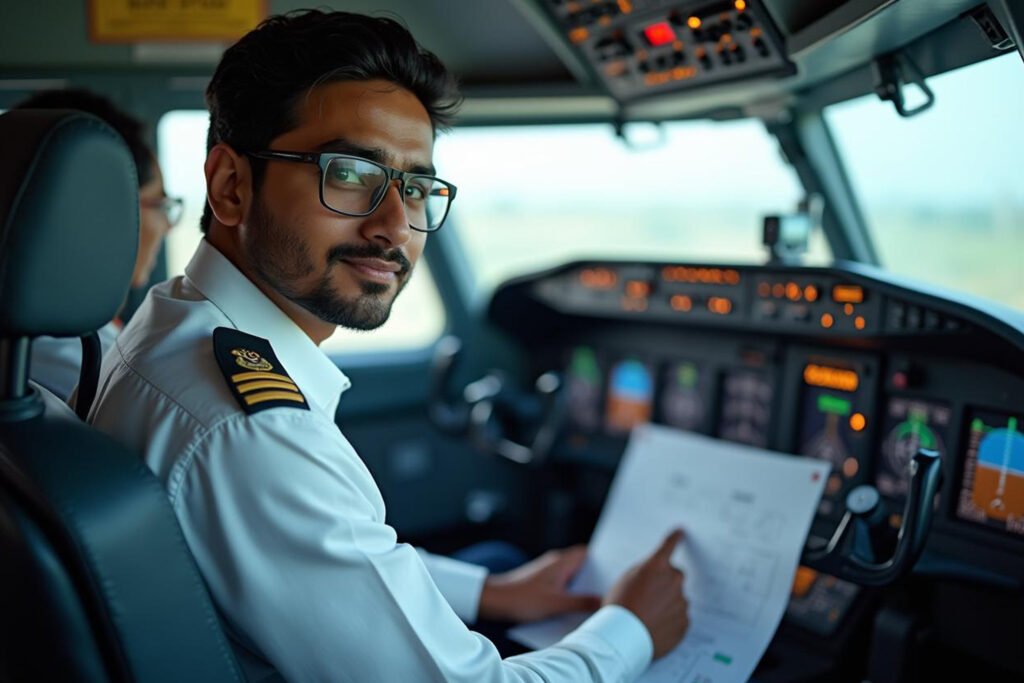
Air Navigation Radio Aids
Objective:
Focus on the technical and operational use of radio navigation aids used in IFR/VFR flying.
Topics Covered:
- Theory and working of VOR, NDB, ILS, DME
- Use of GPS and RNAV systems
- Instrument approach procedures
- Limitations and errors in navigation systems
- Holding procedures, STARs, and SIDs
- Use of navigational displays and cockpit instrumentation

Flight Planning and Performance
Objective:
Efficiently plan and calculate aircraft performance for safe operations under varying conditions.
Topics Covered:
- Fuel planning, payload, and weight & balance
- Takeoff and landing distance calculations
- Climb performance, cruise performance
- Use of performance charts
- Alternate airports and route selection
- Flight plans (VFR/IFR), NOTAMs, and enroute documentation
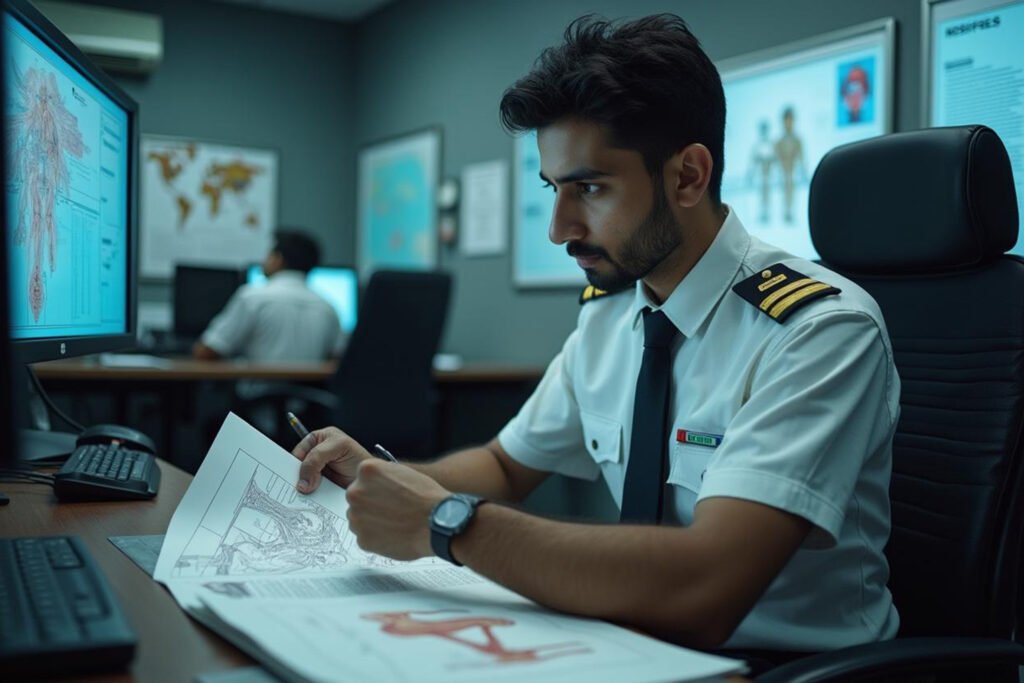
Human Performance & Limitations (HPL)
Objective:
Understand the physiological and psychological factors affecting pilot performance.
Topics Covered:
- Effects of altitude, G-forces, and spatial disorientation
- Vision, hearing, hypoxia, hyperventilation
- Fatigue, alcohol, and medication effects
- CRM (Crew Resource Management)
- Decision-making under pressure
- Stress management and situational awareness
- Mental health and fatigue monitoring
Duration
- 4 to 6 Months (Full-Time)
- Fast-track and modular options available based on student preference and availability.
Why Ground School Matters:
A strong theoretical foundation ensures:
- Better decision-making in flight
- Improved safety and awareness
- Higher pass rate in DGCA PPL written and oral exams




